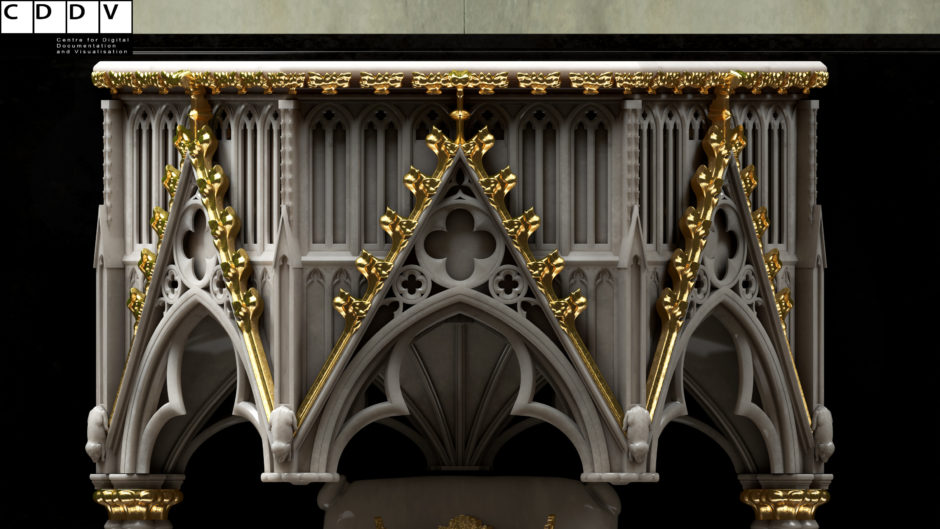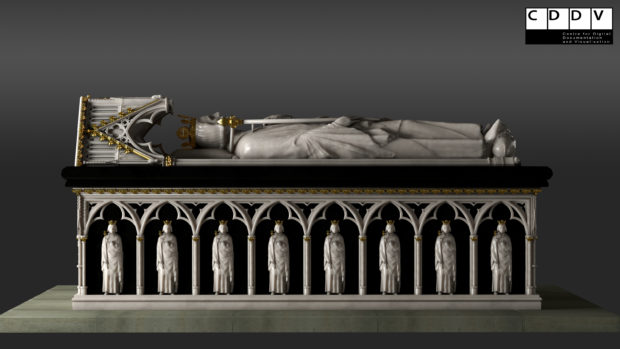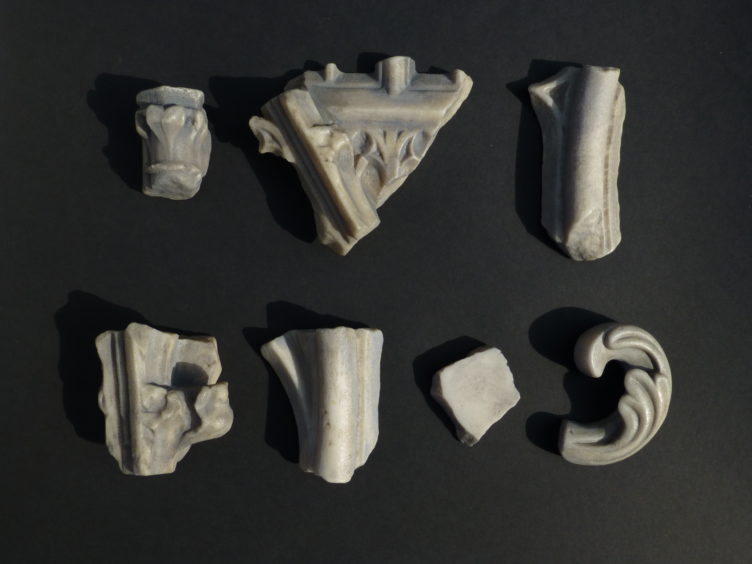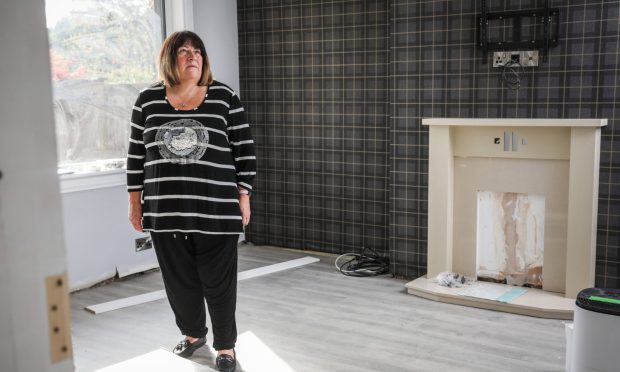The lost tomb of Robert the Bruce has found its final resting place alongside the legendary king in Dunfermline Abbey Church.
The hand over yesterday of a 3D reconstruction of the tomb marked the completion of a cutting edge six-year project which has been among the first of its kind in Scotland.
Alex Paterson, Chief Executive of Historic Environment Scotland presented the half-scale model of the lost tomb to the kirk.
This follows a joint project between HES’s predecessors and the Centre for Digital Documentation and Visualisation to recreate the tomb from fragments.
The tomb went on show at a number of venues across the country, but will now be permanently housed at Dunfermline Abbey Church.
On his death in 1329 Bruce’s heart was removed so that it might posthumously be taken to the Holy Land. It is now buried in Melrose Abbey.

His Dunfermline tomb, like all Royal tombs in the Abbey, was destroyed during the Reformation.
Fragments of it, along with Bruce’s remains, were discovered in 1817 and excavated the following year.
The skeletal remains were reinterred beneath Dunfermline Abbey Church and the grave sealed with a thick layer of molten bitumen to protect it.
The tomb fragments, however, passed into several hands.
The existing fragments are now held with National Museums Scotland, Abbotsford House, Dunfermline Carnegie Museum and Galleries and the Hunterian Museum.
All 19 known surviving fragments were 3D scanned and printed.
Experts then used them as the foundation for the tomb’s recreation.
Their work, largely based on contemporary French royal tombs, shaped the way the model was designed.
Delighted to see it installed in Dunfermline, HES archives manager Dr Iain Fraser said: “The project would have been impossible without the active and willing contribution of a wide range of partners and as a result, the public can now see what Robert the Bruce’s tomb would have looked like, alongside his final resting place.”
Church minister, the Rev MaryAnn Rennie, said: “It is exciting for the congregation here to receive the model of the Lost Tomb of Robert the Bruce.
“It allows those visiting to connect the 19th Century brass plaque to the more ancient burial cask of Robert the Bruce.
“We hope those visiting also experience why this site was important to Robert the Bruce and to the many pilgrims who have travelled here looking for a sense of peace and rest.”










